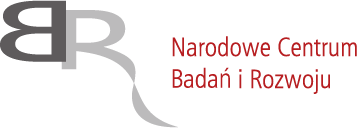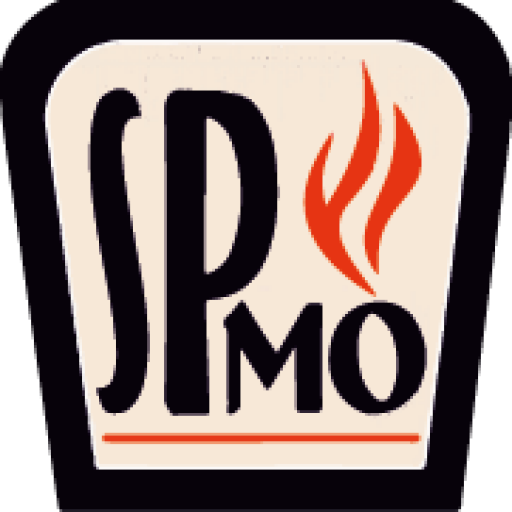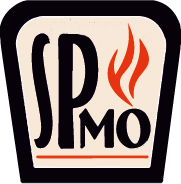TherEvoMon
Thermo-mechanic evolutions of monolitics during heating-up – optimization of the sintering behaviour



Submitted to the 21 CORNETcompetition. Realised from 1.01.2017 to 31.12.2018. Positively assessed and settled.
Summary of the Polish part of the project carried out by a team of the Refractory Materials Department of ICiMB led by Dr. Jacek Podwórny


1. Chemical reactions in the corundum castable matrix with the participation of aluminum-calcium cement are diffusive in nature.

3. The activation energy of CA, CA2 and CA6 in the matrix with the participation of MgO is greater than without its participation. More energy is necessary to transform them; the transformation took place at higher temperatures.



4. Transformations in the sol-gel warp are different than in the cement warp. Initially, MgO enters the solid solution in Al2O3, and above 1380oC Mg2+ diffuses into amorphous silica, which results in a decrease in the viscosity of the liquid phase and a decrease in thermomechanical properties. Refractory resistance under the load of castable on the sol-gel bond was about 260oC lower than with cement.
5. It was unexpectedly found that the brittle-plastic transformation of corundum castable with the participation of cement occurs at a relatively low temperature of 1150oC.
6. From the point of view of castable properties, the most advantageous is the use of bimodal active alumina (0.8 and 3.5μm or 0.8 and 5.5 μm) for the warp.
ANOTHER RESEARCH PROJECTS:
Sekretariat
ul. Toszecka 99,
44-100 Gliwice
Kontakt
tel: +48 693 999 987
spmo@spmo.gliwice.pl
